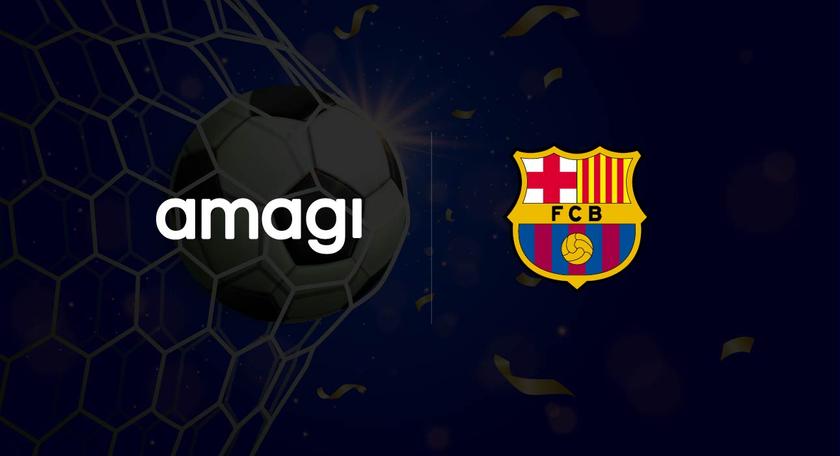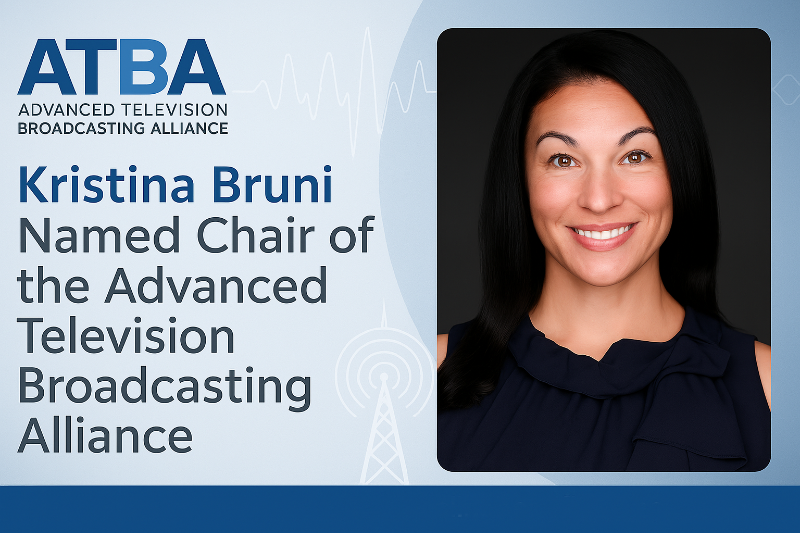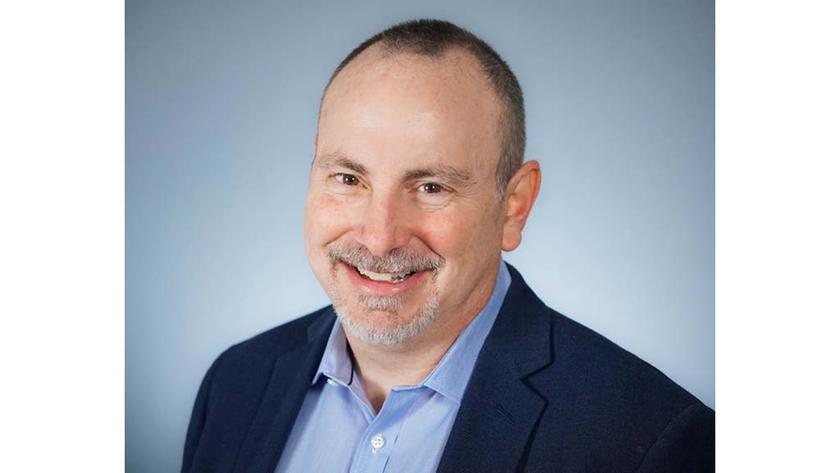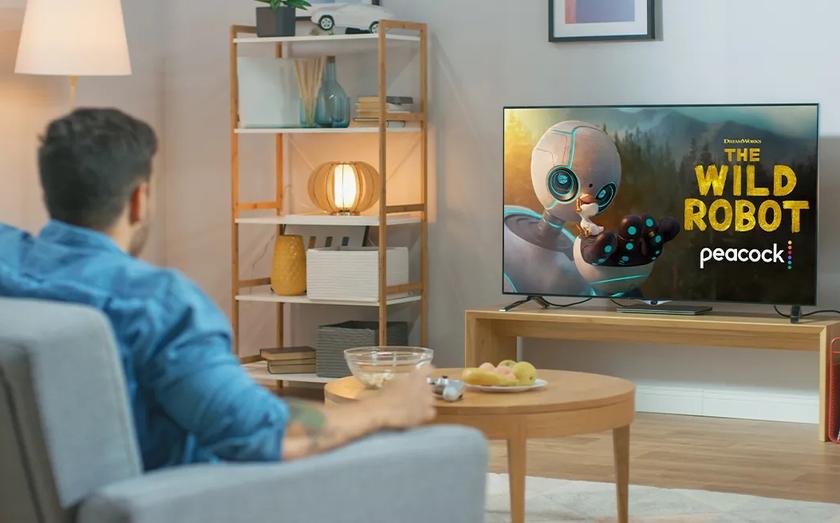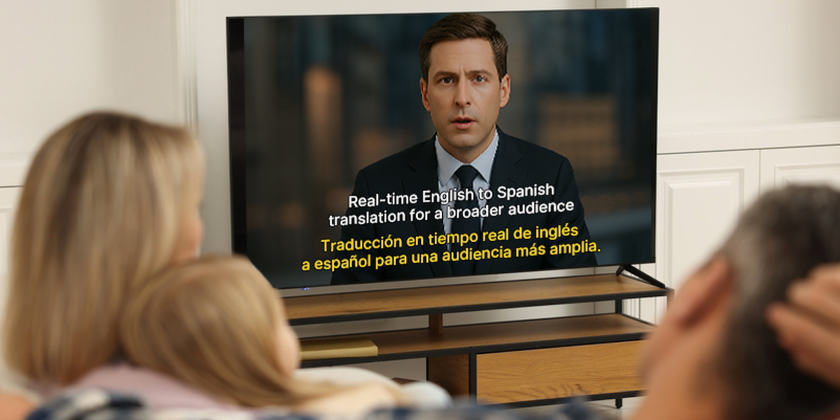For Audio Over IP, AES67 Is ‘Just a Start’
LOS ANGELES—The ability to pass audio over IP between different brands of mixing consoles and other equipment potentially became somewhat easier with the publication of the AES67 standard in late 2013. AES67 may not be as comprehensively functional as other currently available audio networking protocols. Nevertheless, it offers a standardized method by which equipment can share signals, alongside those other networking protocols as well as transports such as AES3 and AES10, otherwise known as MADI.
Television broadcast appeared to reach something of a tipping point in 2015 with regard to the acceptance and adoption of IP-based audio and video workflows and infrastructures. But the industry’s wider AoIP adoption has lagged slightly behind other sectors such as live sound and radio broadcast, where audio networking has been in use for quite some time via various protocols, including AVB, CobraNet, Dante, EtherSound, Livewire, RAVENNA, WheatNet-IP and others.
INTEROPERABILITY TRANSPORT STANDARD
AES67 was not developed to supplant existing AoIP networking platforms; indeed, it lacks certain features found in other AoIP protocols, such as a specified method for channel or device discovery, signal routing and labelling, and system control. But AES67 is essentially a subset of RAVENNA and is supported by Dante and other audio networking protocols, enabling broadcast consoles of various brands to interoperate with a very wide variety of IP-enabled products and, potentially, with each other.
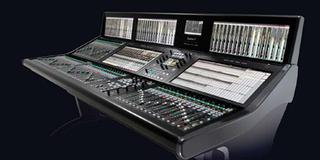
SSL’s System T broadcast audio production system environment, incorporates networked audio, control, and processing based around Dante networking technology. Paul MacDonald, spokesman for U.K.-based Solid State Logic, a Dante licensee, said “AES67 is an interoperability transport standard—control and discovery are intentionally not defined—and as such we don’t view it as a competing technology to Dante, but a complementary standard. However, we think there are developing standards, within the AES and beyond, that have the potential to provide future extensions to standards-based interoperability alongside AES67.”
SSL’s latest broadcast audio production environment, System T, incorporates networked audio, control, and processing based around Dante networking technology, according to MacDonald. “Dante is by far the most widely adopted and, we believe, the most complete and practical audio networking solution,” he said.
Wheatstone, whose Series Four, Dimension Three and other IP consoles route and control audio through the company’s proprietary WheatNet-IP Gigabit Ethernet network, values AES67 for its ability to bridge between its network and others. Phil Owens, head of Eastern U.S. Sales for the New Bern, N.C.-based company noted that AES67 “provides the common synchronization, clock identification and session description we can all share in order to transport audio between our various systems without jitter, delay and data dropout.”
Wheatstone was one of the first to add AES67 to its WheatNet-IP system as another way to “get in and out of our system,” alongside analog, AES, MADI and HD-SDI, Owens said, adding that AES67 is complimentary to WheatNet-IP’s full system approach.
Get the TV Tech Newsletter
The professional video industry's #1 source for news, trends and product and tech information. Sign up below.
A European plugfest held in October 2014—the first for AES67—led to revisions in the standard, published as AES67-2015, that included some minor updates. At the 2015 AES Convention in New York the Media Networking Alliance (MNA), founded by a group of manufacturers to promote awareness and uptake of AES67, held its first public display of audio networking using the interoperability standard. That demonstration included 22 products from 18 different companies.
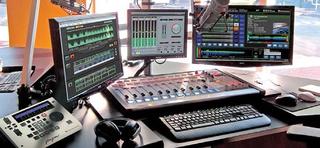
Wheatstone products interconnect through the company’s proprietary WheatNet-IP Gigabit Ethernet network. Wheatstone Engineers Kelly Parker and Dave Breithaupt participated in the second AES67 plugfest, held recently in Washington, D.C., and reported on the event on the company’s website. AES67 requires support for both unicast and multicast streaming, the latter requiring SIP, the Session Initiation Protocol that is also behind Voice-over- IP (VoIP) communications, for connection management. According to the report, WheatNet-IP supports SIP, but SIP interoperability was not achieved by every product at the plugfest. It notes that a subsequent AES report “suggests that an SIP technical overview and recommendation be published prior to subsequent AES67 plugfests.” The next plugfest is currently planned for the U.K. during 2016.
Calrec, which has been refining its Hydra2 networking scheme for the past 15 years, is the only broadcast console manufacturer to support all current protocols, including RAVENNA, AVB, Dante, and AES67, according to Dave Letson, vice president of sales for the U.K.-based company. Hydra2 provides a layer of management over all those signals, he noted, providing a multitude of additional functionality like port protection, alias files, virtual patchbays, and access rights. “Uniquely, Hydra2 provides the ability to apply the same management functionality to any supported protocol, providing control and functionality irrespective of which protocol our customers choose for their facility,” Letson said.
A NEW ALLIANCE
An AES standards project, designated X210, is currently addressing an interoperable control protocol. Open Control Architecture (OCA), a technical descendent of AES24, first published in 1999, appears to be on track for ratification as a control and monitoring standard providing interoperability across audio—and, eventually, video— transports. A group of manufacturers has formed the OCA Alliance to actively promote the adoption and standardization of the architecture.
“The lack of an accepted standard is frustrating for both broadcasters and manufacturers alike, and so the main value of these alliances is to provide information and support so that we can all make informed choices for the future,” said Letson. “We are all coalescing protocols into a unified standard and there is still some cautiousness amongst broadcasters and manufacturers in committing to a single standard.”
Lawo has always been aligned to open standards, be it SMPTE 2022-6/-7 and TR-03 in video, AES3, MADI, RAVENNA, or AES67 in audio, or Ember+ in control, according to Andreas Hilmer, director marketing and communications with the German-based company. “We strongly believe in these standardized, open approaches in order to come to best possible solutions with a solid and secure long-term perspective for our clients,” said.
Lawo recently announced that it had joined AIMS, the Alliance for IP Media Solutions, “an independent trade association founded to ensure that all IP solutions brought to market offer complete interoperability and are based on open standards for seamless integration into media workflow environments,” according to an AIMS statement.
“AIMS’s support of open standards and technical recommendations such as TR-03, TR-04, and AES67 afford us an opportunity to eliminate the fragmentation of implementations that our industry has endured over the last 20 years. It’s our big chance to avoid repeating expensive and time-consuming mistakes of the past,” said Hilmer. “In order to support the transition to IP-based infrastructures, we encourage all manufacturers to come together and embrace interoperability and open standards as the best solution for our mutual customers.”
Steve Harvey began writing for Pro Sound News and Surround Professional in 2000 and is currently senior content producer for Mix and a contributor to TV Tech. He has worked in the pro audio industry—as a touring musician, in live production, installed sound, and equipment sales and marketing—since November 1980.
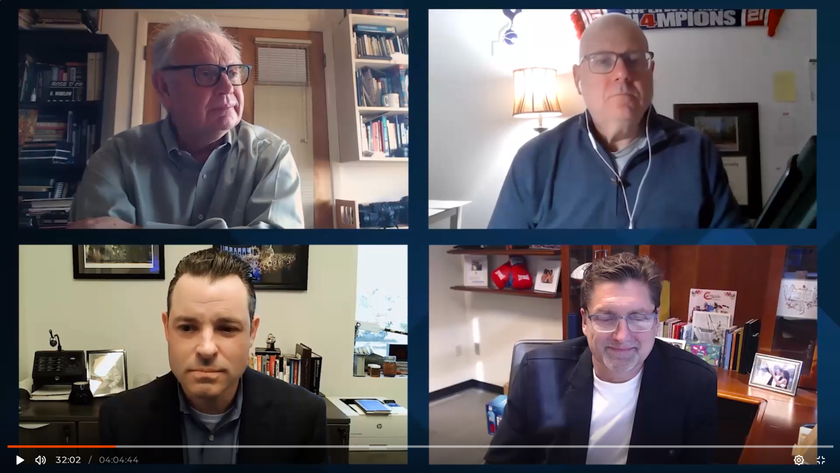
TV Tech Summit: Networks, Stations Explore the Future of News and Sports Production
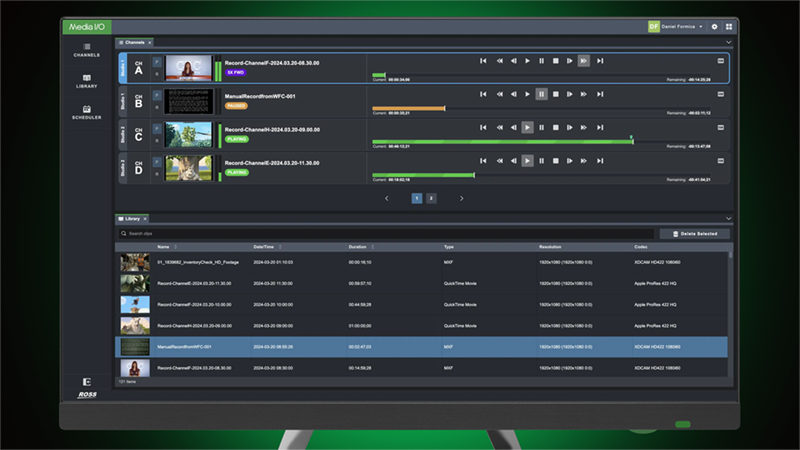
Sponsored: The Feed Room Is Now a Web Browser

